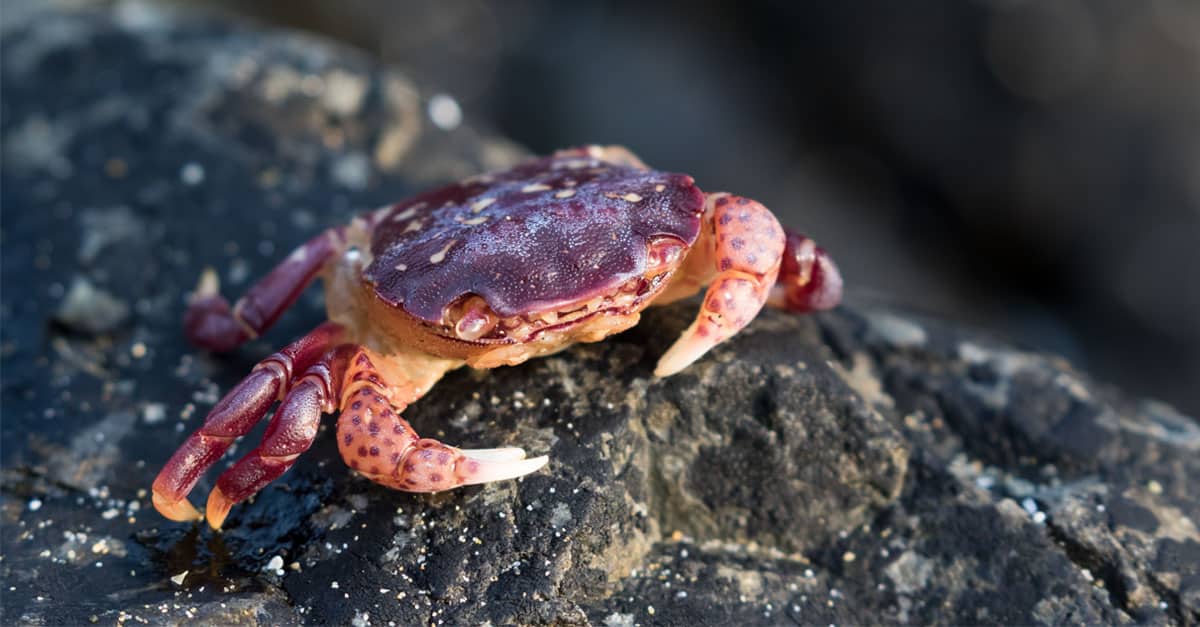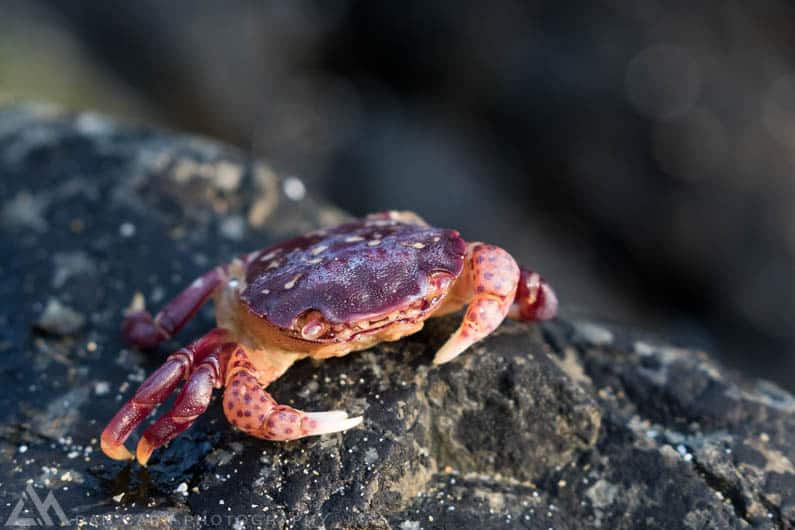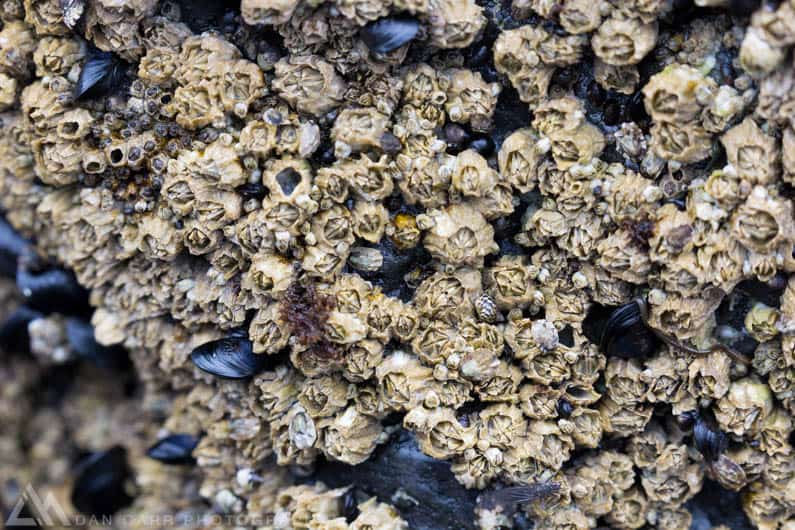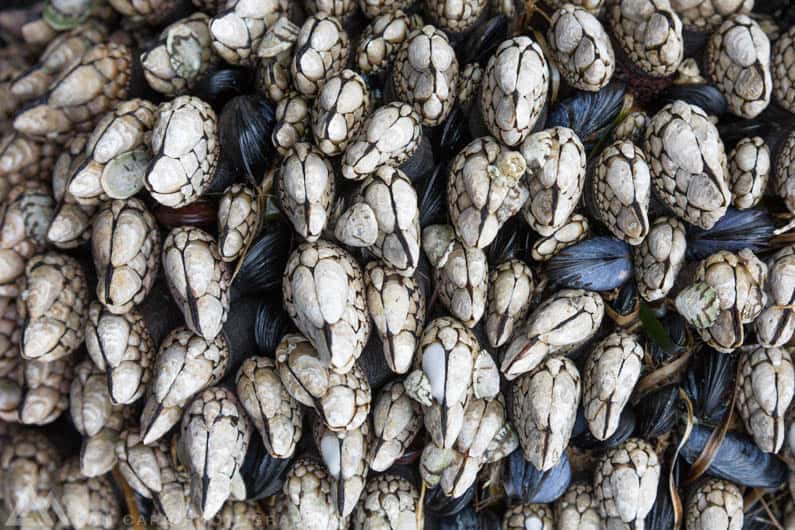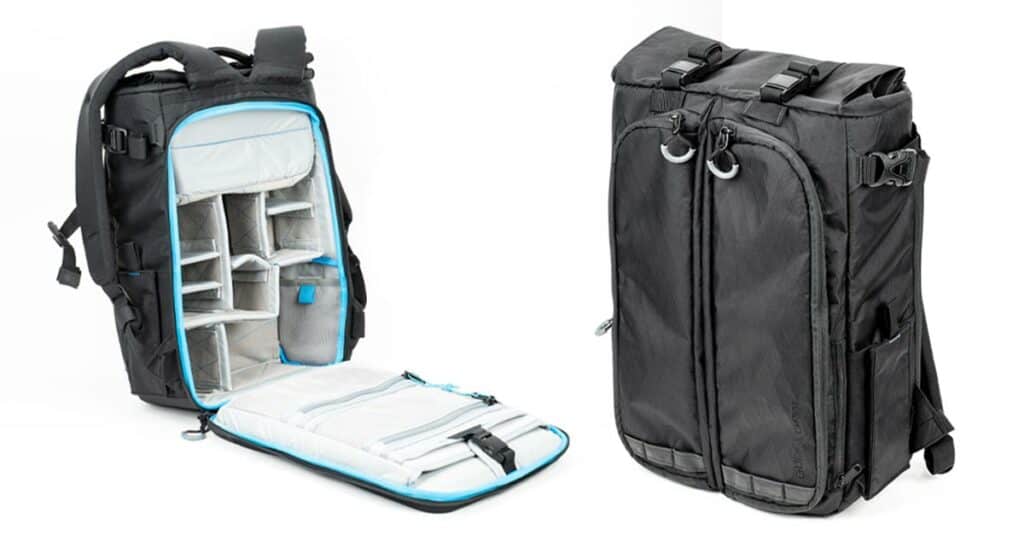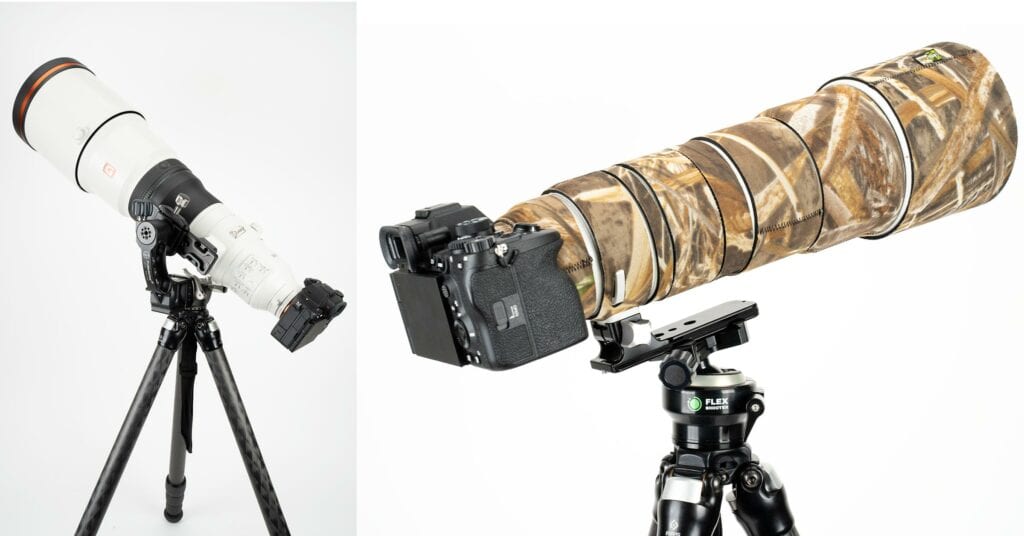A Funny Thing Happened On The Way To The Beach
f/8 , ISO500, 1/100 – Canon 7D Mark II + Canon 100-400 f/4.5-5.6 L IS II
Last week I posted a quick first look at the new Canon 100-400 f/4.5-5.6 L IS II, an eagerly awaited update to the extremely popular first version of this lens. Just a day after receiving the lens, I set off to explore Vancouver Island with my girlfriend, and it gave me numerous great opportunities to test this lens out. I had always envisaged this lens being my lightweight wildlife photography solution (lightweight compared to my 200-400 f/4 of course), but a funny thing happened while I was on this trip…
When we talk about long zoom lenses, we tend to fixate on the longer end of the focal reach, and particularly with this model, the sports and wildlife we can shoot with it. An often overlooked specification is the MFD, or Minimum Focus Distance. This is the closest distance that an object can be from the sensor for it to be able to focus. Note here that I say “from the sensor” ! MFD is NOT distance from the front of the lens, as a lot of people mistakenly think it is!
The original version of the lens was able to focus as close at 70.9 inches. Not bad, when you consider that this can be at a 400mm focal length. The new MKII version of this lens makes an almost astonishingly big improvement on this, though, and is now able to focus as close as 38.4 inches! Imagine being able to shoot something that is 3 feet away, at 400mm! In fact, if you put this on a 1.6x APS-C camera like the 7D Mark II, as I was, you are shooting at over 600mm! That’s pretty wild, and it totally changed the way I used the lens, and allowed me to get some shots that I really had not bargained for.
I love it when a lens is versatile, and with this amazingly short MFD, it means the 100-400 II can produce “macro-like” images just as well as it can shoot wildlife. On a trip such as this one, I would never think about taking a dedicated macro lens with me, but having this close focus capability allowed me to get some lovely shots that I would otherwise have missed out on. What’s more, some lenses struggle with sharpness at their MFD, but as far as I can tell from these first shots, that isn’t the case with this lens. It’s just as sharp at the MFD, as it is in regular shooting scenarios. LOVE it!
Additional Reading
- Canon 100-400 II is here!
- Canon 7D Mark II & 100-400 Mark II – The perfect pairing?
- Canon 100-400 Replacement Finally Launched
f/9 , ISO2000, 1/125 – Canon 5D Mark III + Canon 100-400 f/4.5-5.6 L IS II
f/10 , ISO1250, 1/160 – Canon 5D Mark III + Canon 100-400 f/4.5-5.6 L IS II

